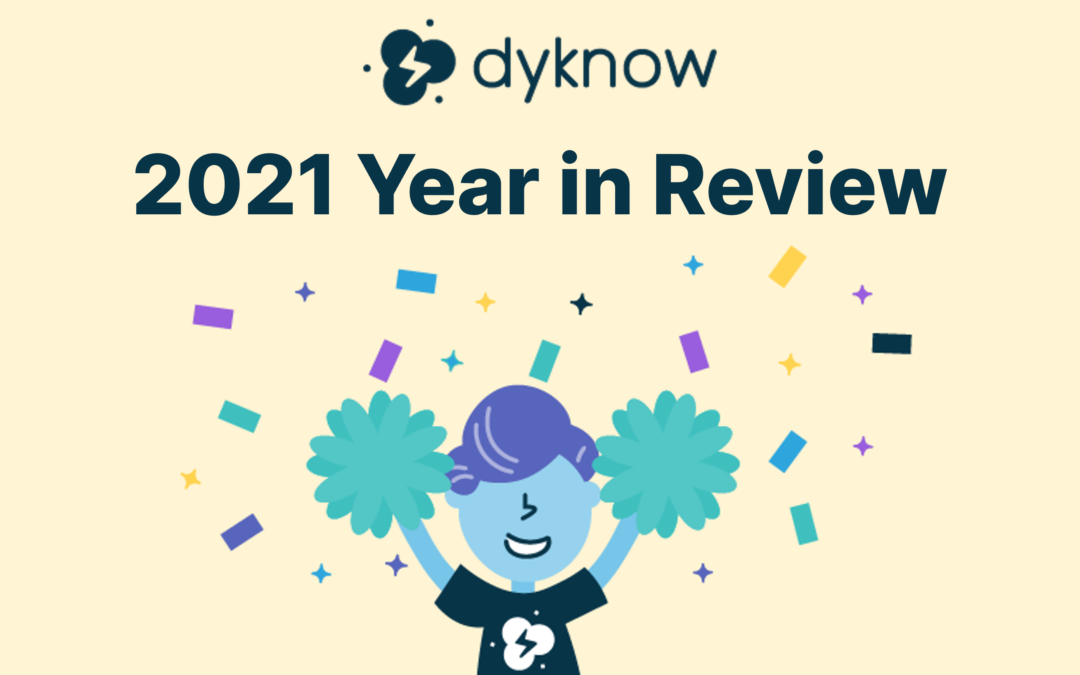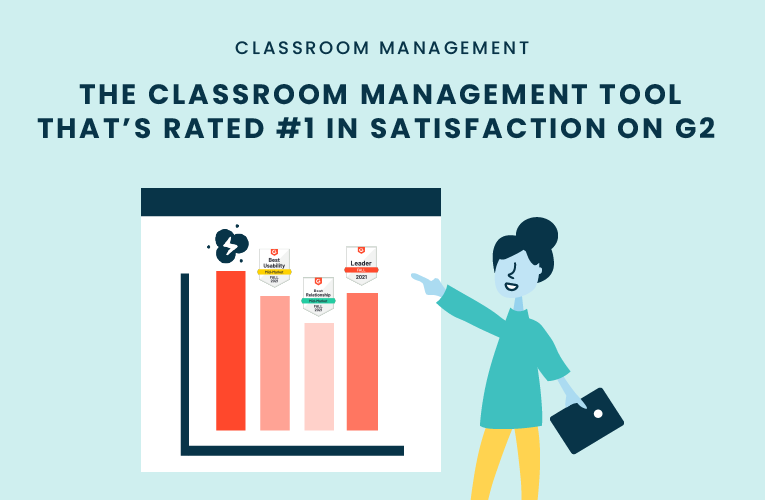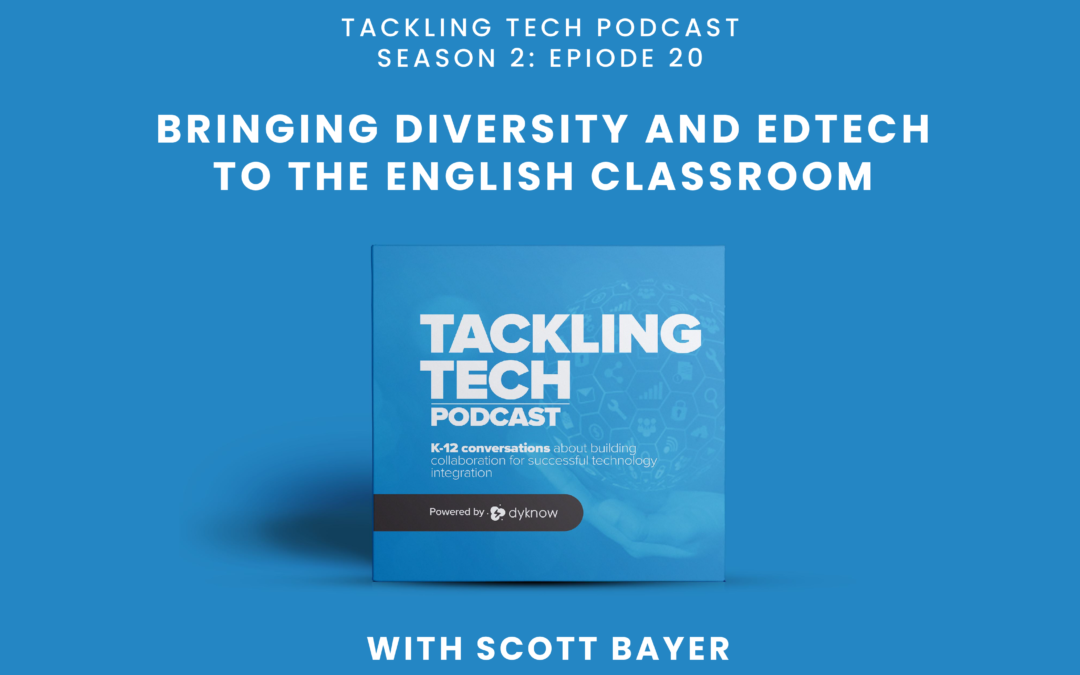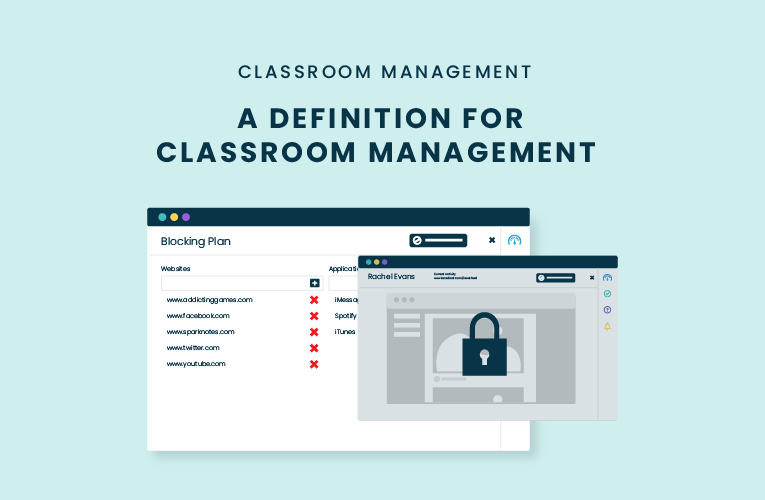Some terms in education are so ambiguous that it can be hard to drill down into what they actually mean and how teachers can implement them in the classroom. One of the most confusing topics in education is classroom management. It is something that every teacher should be able to facilitate in order to run an effective classroom environment. However, the term can mean many different things and be applied to learning environments in many ways. For teachers who aren’t familiar with managing their classrooms, here is an overview of what classroom management really means, and how you can plan to manage your classroom in 2020.
Classroom management definition
On the most basic level, classroom management is any technique that teachers use to facilitate instruction and make sure that students are learning most effectively in a smooth classroom environment. Having a structured system in which expectations are set for student behavior in the classroom can help to manage the class environment most effectively, ensuring that students are being held accountable for their actions and behaviors.
Classroom management can differ depending on what subject, age group, or teaching tools are being used. For instance, tactics to manage an art class will look vastly different than those used to manage a computer class. In an art class, supplies are used that students are responsible for cleaning and properly taking care of. The expectations with the noise level in that class will also look different from that of a computer class where students are expected to be focused on their devices and the lesson at hand. Regardless of whether you are an art or a computer teacher (or anything in between), having a plan for classroom management is extremely important. The goal for all teachers is to have an organized, productive, and safe environment for students in their classrooms.
Having a definition and expectation of your classroom management system is especially important at the beginning of a semester. This allows you to set those expectations for students on the first day of class so that when it is time to reward or reprimand actions during the semester, students know what expectations they did or did not meet.
Tactics for classroom management
Your definition for classroom management will change depending on what tools your students use in class and how your class is structured.
For those who have integrated classrooms where student devices are used, it is beneficial to invest in classroom management software to ensure that students are on-task while using these devices in class. Although teachers can come up with their own ways to incentivize students to stay on-task and set unique expectations, classroom management software empowers teachers to feel confident that their students are on task, enabling them to teach more effectively and integrate supplemental classroom management strategies. Check out this SlideShare deck that goes deeper into classroom management software.
Alternatively, if your classroom does not yet have devices, there are other ways to manage your classroom. First and foremost, setting expectations for what should be used when is important, as students can easily get off task if they have supplies out that they don’t need to be using or are distracted by other students.
Stay predictable. If you set clear expectations at the beginning of the year, students will know what to expect from your class structure. It is important to keep students used to daily routines in class so that the expectations that follow adhere to a structure that is familiar.
Lastly, make sure your students are enjoying your classroom management system whatever it may be. Creating fun ways to keep students accountable is a great way to positively reinforce good habits and discipline in the classroom. Classroom management is no easy task, so it’s important to choose what tactics fit your class structure best, and ease into those, increasing methods where you see fit.
Learn how teachers are using Dyknow for classroom management
Latest blog articles

Dyknow 2021 Year In Review
In addition to web browser updates and bug fixes, Dyknow released several major product updates, new features and enhancements. Check out Dyknow’s 2021 Year in Review!

The Classroom Management Tool that’s Rated #1 in Satisfaction on G2
K-12 Administrators across the world trust G2 as the #1 platform to find, research, and choose EdTech tools that solve the most pressing problems their teachers are experiencing. In G2's Fall 2021 Reports, Dyknow was once again rated #1 in overall Satisfaction out of...

Bringing Diversity and EdTech to the English Classroom
On this episode of Tackling Tech, Tierra Leustig interviews Scott Bayer about being an anti-racist teacher, diversifying reading lists, creating inclusive learning environments, and leveraging ed-tech in non-technical ELA classrooms. Scott Bayer is a High School...

